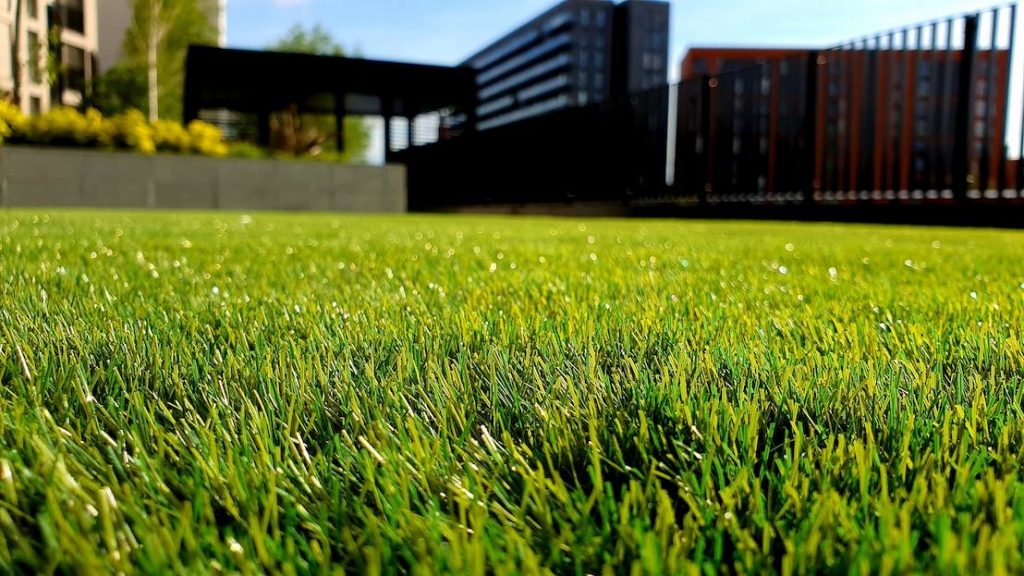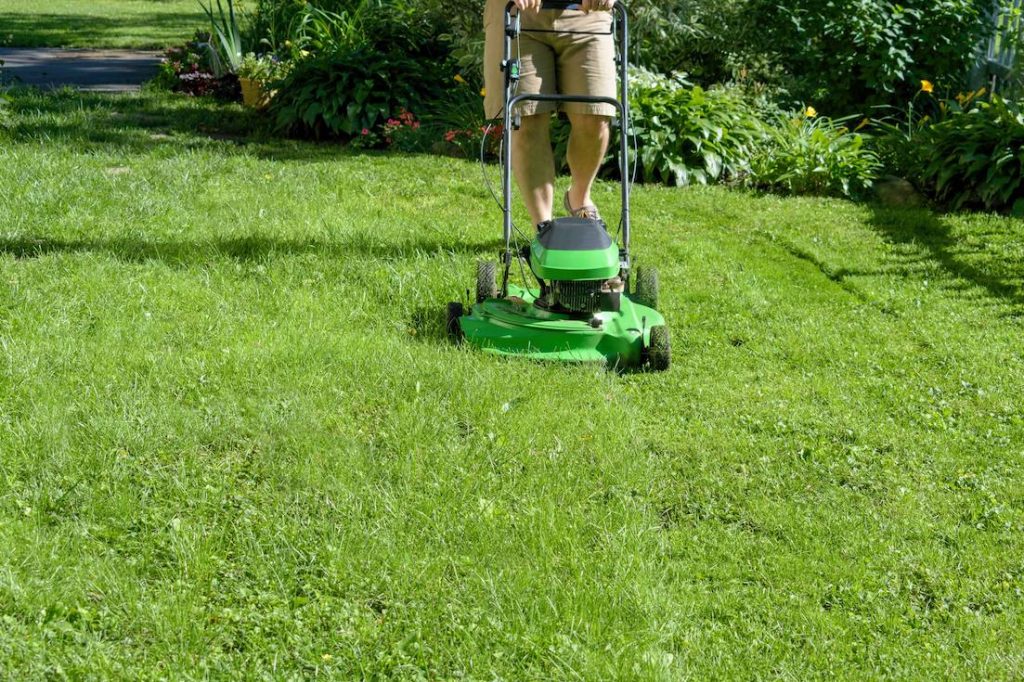Do pests ruin your plans to enjoy your lawn? Do you want a fast and effective way to take control of the situation without using harmful chemicals?
No one likes to see their hard work on their lawn go to waste because of unwelcome, pesky invaders. You don’t need a lab coat or fancy equipment to fight back against these annoying insects and weeds.
Organic pest solutions are safe, cost-effective ways to keep your lawn looking pristine.
If you’re looking for some simple steps you can take that won’t harm the environment, read on.
We will be discussing seven organic solutions for battling common lawn pests.

Introduction: Overview of Common Lawn Invaders
Lawn invaders come in many forms. Common types of pests that can invade your lawn are molds and mildews, weeds, grubs, fleas, ticks, aphids, and armyworms.
Each pest brings its own set of problems for the lawn owner to contend with.
Molds and mildews feed on organic matter on the surface of the lawn, causing thinning grass or discoloration whereas weeds are an obstacle to growing a lush and healthy lawn as they crowd out all other plants.
Grubs below ground feed on the roots and can cause large patches of dead spots in your lawn if left uncontrolled.
Fleas, ticks, and aphids suck plant juices which can damage or kill young grasses while armyworms may even eat away at entire areas of turf. It is important to identify these pests early so appropriate action can be taken before any significant damage is done.
Mow Your Lawn High
Mowing your lawn at a higher height has several benefits.
First, it helps protect the grass from extreme heat and drought conditions.
It also allows for stronger root growth which leads to a healthier lawn that requires less water and fertilizer. Longer blades of grass provide more shade to the soil, which reduces evaporation and can help retain moisture.
High grass blades help prevent weed seeds from germinating, decreasing weed growth without the use of chemicals. By mowing at a taller height you will have a greener, lusher lawn all season long.
Water Smartly
Watering your lawn and garden is essential to maintaining its health. But, using water wisely and avoiding over-watering will help you have a healthy yard, while also conserving this valuable resource.
Water smartly in order to make sure the grass is getting enough moisture; but too much can damage it.
To do this, water when the soil is dry one inch below the surface. If you use a trowel or other tool, you should be able to tell until your finger just feels wet soil beneath it.
Consider watering only as often as necessary rather than on a set schedule. The frequency of watering should depend on rainfall and temperature conditions.

Plant Resistant Varieties
Planting resistant grass varieties are one of the most effective ways to fight weeds in your lawn.
Resistant grass varieties often have natural defenses against pests and diseases, unlike the more vulnerable, traditional grass types. Planting these types of grass can significantly reduce the need for chemical control products and protect the environment from runoff.
Since these grasses are adapted to survive harsh conditions and are slow-growing, less mowing is required than normal turfgrasses.
Build Barriers Around Delicate Plants
Building barriers around delicate plants can help protect them from harsh weather, pests, and other potentially destructive influences.
Installing a fence or trellis around the area can help keep out animals and prevent excessive wind damage. Plant beds may be covered with mulch or gravel to provide an extra layer of warmth or coolness, depending on the season.
Barriers can also be used to block direct sunlight during the hottest hours of the day, allowing heat-sensitive plants to thrive in otherwise hostile climates.
This type of protection is essential for ensuring that fragile plants survive cold temperatures, dryness, too much water, and other environmental hazards.
Encourage Natural Pest Control Solutions
Natural pest control solutions are a great way to keep harmful pests and insects away from your garden or lawn without using dangerous chemical pesticides.
For example, introduce birds and beneficial insects to your garden like ladybugs and hoverflies which feed on plant-damaging bugs.
You can also use companion planting to take advantage of the natural pest control native plants offer.
Introducing lizards and amphibians into your landscaping can help keep pesky pests at bay naturally.
Reduce Organic Debris on the Lawn
Organic debris such as twigs, leaves, grass clippings, and other materials can make a lawn look unsightly and unhealthy.
Fortunately, with a few simple steps, one can reduce the amount of organic debris in their lawn. Mowing at the right height can help keep your lawn looking lush and lush grass obscures small bits of debris that would otherwise show much more easily.
Removing larger pieces of organic matter with either a rake or blower will help prevent weeds from growing and create an even healthier-looking lawn.
Making sure to water your lawn regularly helps keep the area looking vibrant and full of life!
Conclusion: Summarizing Best Practices for Controlling Common Lawn Invaders
Controlling common lawn invaders is an important task that requires a great deal of patience.
It involves practices such as proper mowing, watering, fertilizing, improving soil quality, and aeration. Integrated pest management techniques should be employed to identify the lawn invader first and then determine the best treatment methods.
It is important to employ multiple strategies rather than just one to ensure long-term control of the targeted invader.
It is essential to stay informed on the latest advances in lawn care and maintenance in order to properly mitigate potential damage before it can occur.